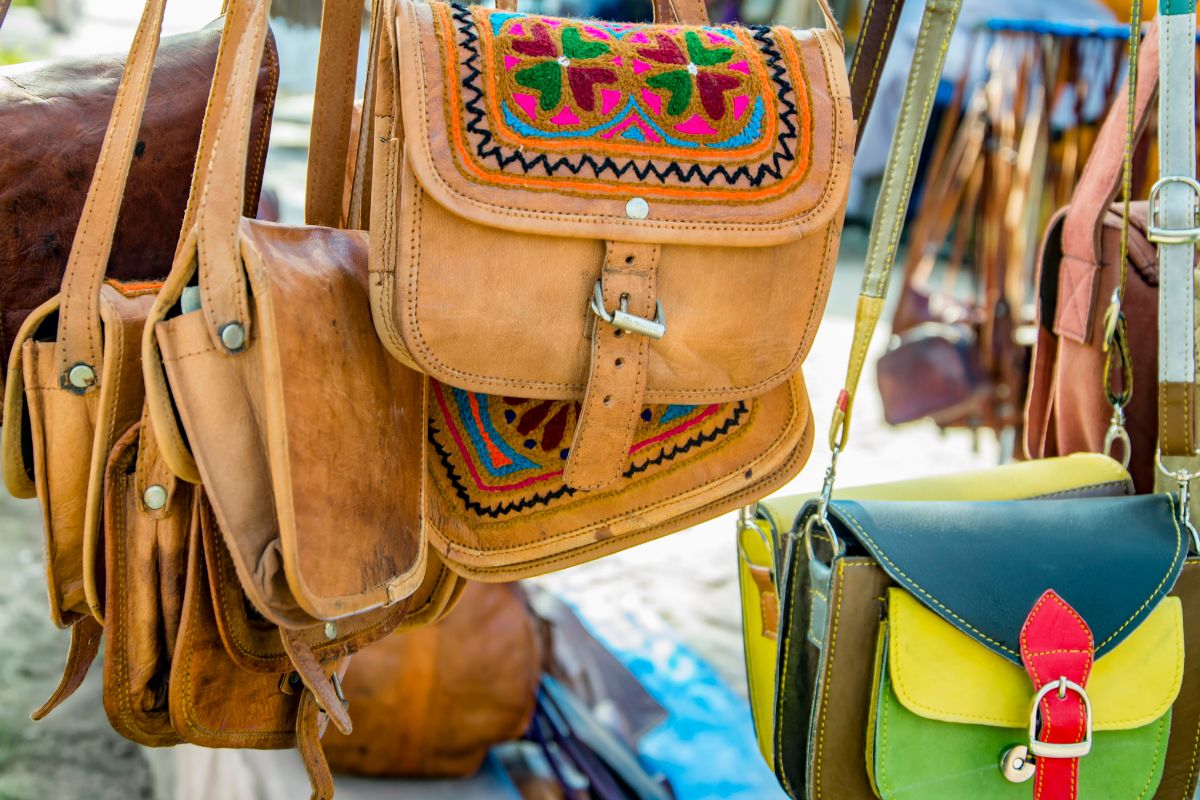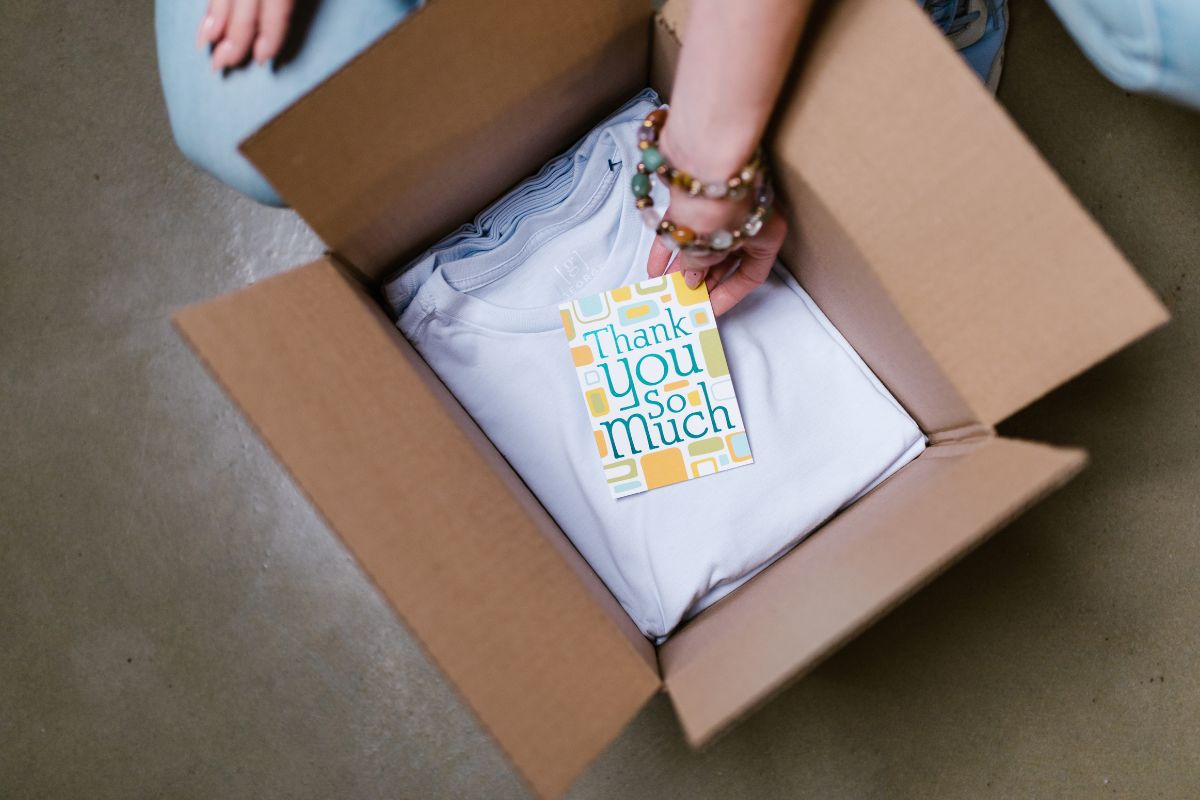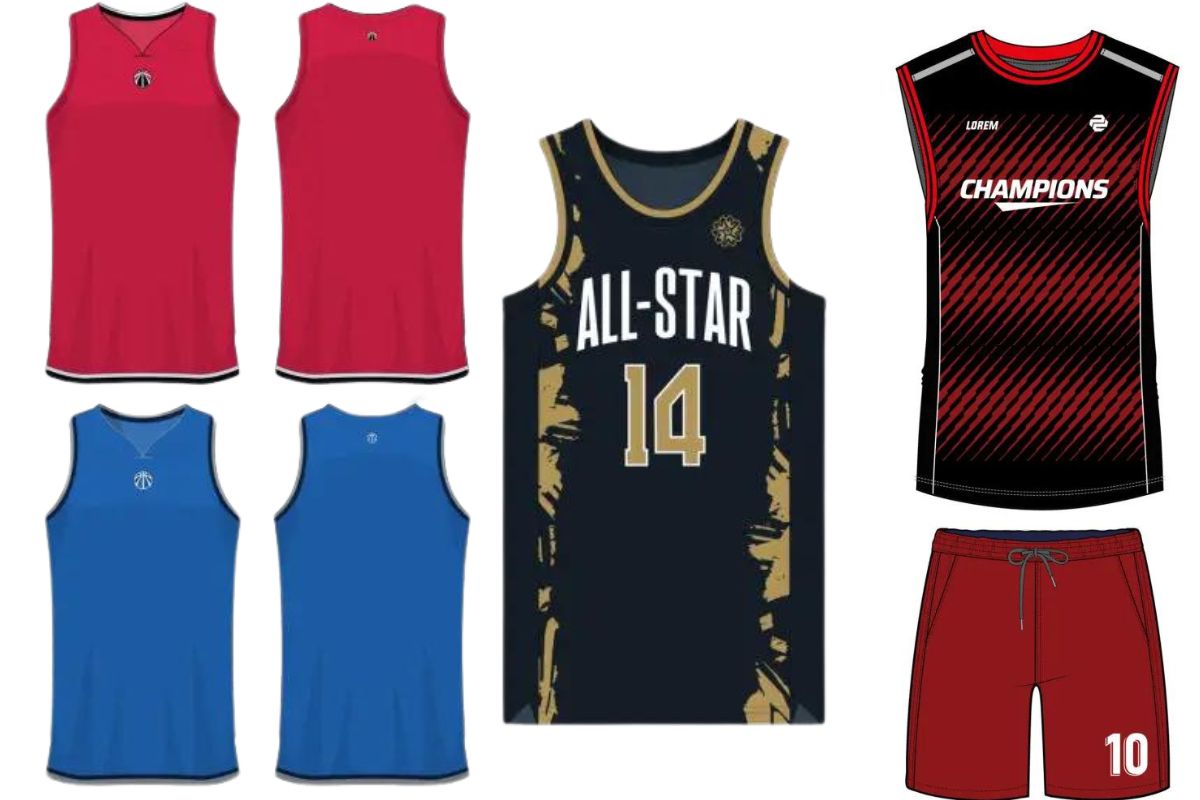A swag bag is essentially a collection of promotional items that companies give out, often at events, as a form of marketing. Think of it as a goodie bag tailored to create a connection between the brand and its potential customers. These bags not only serve as a token of appreciation for attendees but also function as a tactile marketing tool, leaving a lasting impression with physical products that bear the company’s branding.
Table of contents
- Understanding Swag Bags
- Designing Effective Swag Bags
- Contents of Swag Bags
- Swag Bags in Different Events
- Branding with Swag Bags
- Logistical Considerations
- Case Studies and Best Practices
- Future of Swag Bags
- Conclusion
- Frequently Asked Questions
- What items are commonly included in a swag bag?
- How do you create a memorable swag bag for events?
- What are some unique items for luxury swag bags?
- How can you source cost-effective items for swag bags?
- What is the best way to personalize swag bags for employees?
- Are there alternative names for swag bags commonly used?
When selecting items for your swag bag, it’s important to choose products that are useful, desirable, and reflective of your brand’s image. The goal is to offer items that recipients will want to keep and use, ensuring your brand remains in their consciousness long after the event is over. Quality should not be compromised; a durable bag can become a daily accessory, constantly reminding the user – and others they encounter – of your brand’s generosity and thoughtfulness.
Moreover, when customizing swag bags, consider incorporating features that add practical value such as zippered pockets for security, insulation to keep items at the desired temperature, or an appealing design that captures attention. An effective swag bag is one that resonates with its recipients and feels less like a handout and more like a thoughtful gift. This strategy not only enhances brand recall but can also foster positive associations with your company.
Understanding Swag Bags
Swag bags blend marketing ingenuity with practicality, leaving a tangible brand impression on their recipients.
Definition and Purpose
Swag bags, commonly known as goodie bags, are a compilation of promotional products that companies distribute, usually at events, as a means of brand promotion. The purpose of a swag bag is dual: firstly, to create an enjoyable and memorable experience for you, the recipient; and secondly, to increase brand visibility and loyalty. These bags often contain items that are useful, such as stationery, tech gadgets, health products, snacks, or apparel, all emblazoned with the company’s logo or branding.
Historical Evolution
The concept of the swag bag has evolved significantly since its inception. Its roots can be traced back to the early days of film festivals and award shows, where these bags were given to attendees as a token of appreciation and to generate buzz. Over time, swag has transformed from simple, generic items to more curated, high-quality products. This evolution reflects a shift in marketing strategies, where the focus is on leaving a lasting impression on you and fostering a positive connection with the brand.
Designing Effective Swag Bags
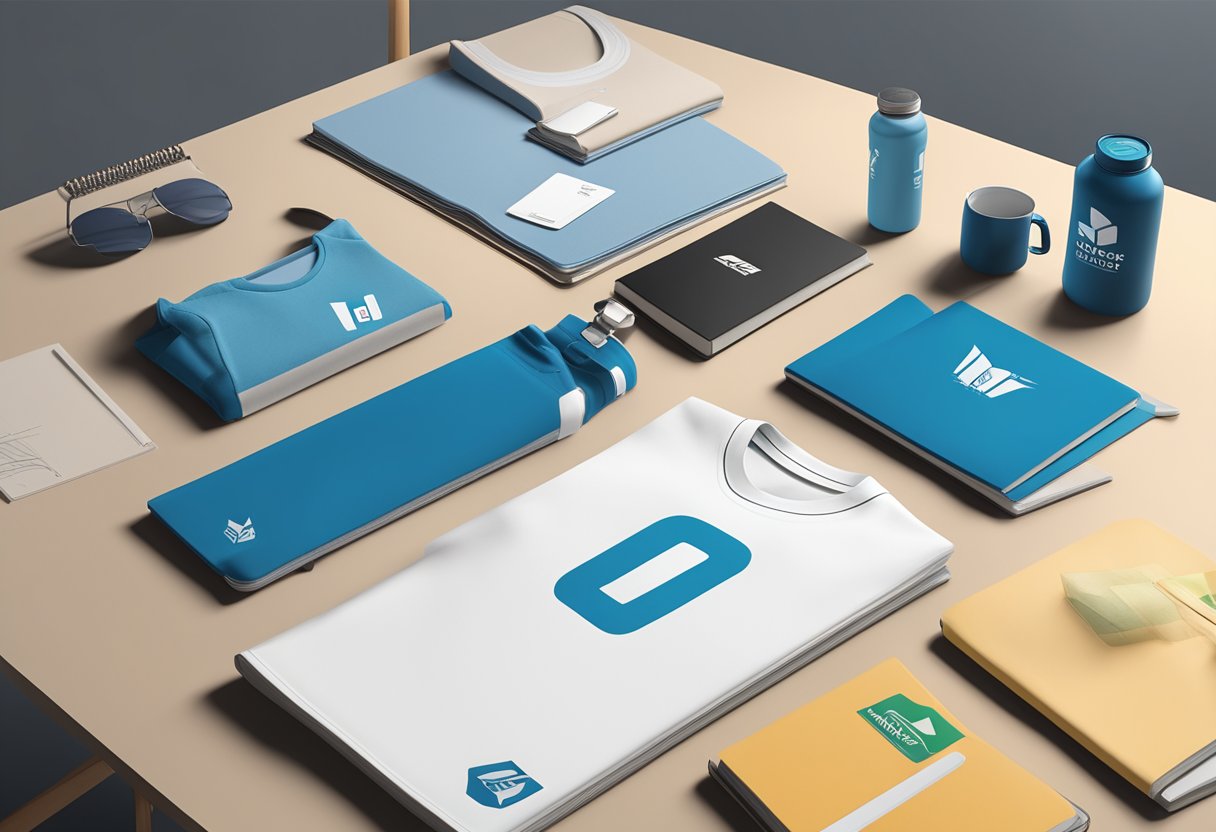
In crafting swag bags that resonate with recipients and reinforce brand awareness, you must consider whom you’re targeting, how much you’re willing to spend, and what items will leave a lasting impression.
Identifying Target Audience
Your target audience is the foundation of an effective swag bag. You need to understand their preferences and what they value. For instance, tech enthusiasts might appreciate the latest gadgets, whereas eco-conscious attendees might prefer sustainable products. Tailor the contents of your swag bags to align with the interests and needs of the audience you want to reach.
Balancing Quality and Budget
Maintaining a budget is crucial, but so is the quality of the items you choose. Your swag bag reflects your brand’s image, so aim for items that strike a balance between affordability and durability. A low-budget bag with high-quality perceived value can create a positive and lasting brand association.
Selecting High-Impact Items
Choose high-impact items that the recipients will find useful in their daily lives. Usability increases the likelihood of your branded items being seen regularly, thereby boosting brand awareness. To ensure this, consider the following:
- Utility: Products like a well-designed tote bag or a stainless steel water bottle have high utility and longevity.
- Relevance: Ensure the items are relevant to your brand and message.
- Uniqueness: Stand out with creative items that capture attention and initiate conversations.
In summary, thoughtfully designed swag bags can effectively draw your audience closer to your brand, reinforcing their connection long after the event is over through items that are useful, relevant, and reflective of a high-quality brand image.
Contents of Swag Bags
| Item | Description |
|---|---|
| T-shirt | Branded with event logo or sponsor’s logo |
| Water Bottle | Reusable, with event branding or sponsor branding |
| Pen | Branded with event logo or sponsor’s logo |
| Notepad | Small notebook with event branding or sponsor branding |
| USB Drive | Pre-loaded with event materials or sponsor information |
| Snacks | Assorted snacks such as granola bars, nuts, or candy |
| Sunglasses | Branded with event logo or sponsor’s logo |
| Phone Charger | Portable charger with event branding or sponsor branding |
| Stickers | Assorted stickers with event or sponsor logos |
| Keychain | Branded with event logo or sponsor’s logo |
Your swag bag reflects your brand’s image and marketing goals, ensuring that it packs a punch with items that are useful, memorable, and reflective of your values. Let’s explore what you might find in a well-curated swag bag.
Popular Swag Bag Items
- Office Supplies: Branded pens, notebooks, and USB drives are practical items that often find their way into everyday use.
- Drinkware: Customized water bottles and travel mugs are popular for their utility and visibility.
- Apparel: Items like t-shirts and hats can turn recipients into brand ambassadors.
Functional and Sustainable Choices
- Emphasize sustainability with eco-friendly items such as:
- Reusable straws
- Cotton tote bags
- Choose products that are durable and will be used repeatedly, reinforcing your brand message each time.
Innovative Tech Gadgets
- Tech Accessories: Wireless chargers and Bluetooth speakers are trendy choices that can impress tech-savvy recipients.
- Including the latest tech gadgets signals that your brand is forward-thinking and innovative.
Swag Bags in Different Events
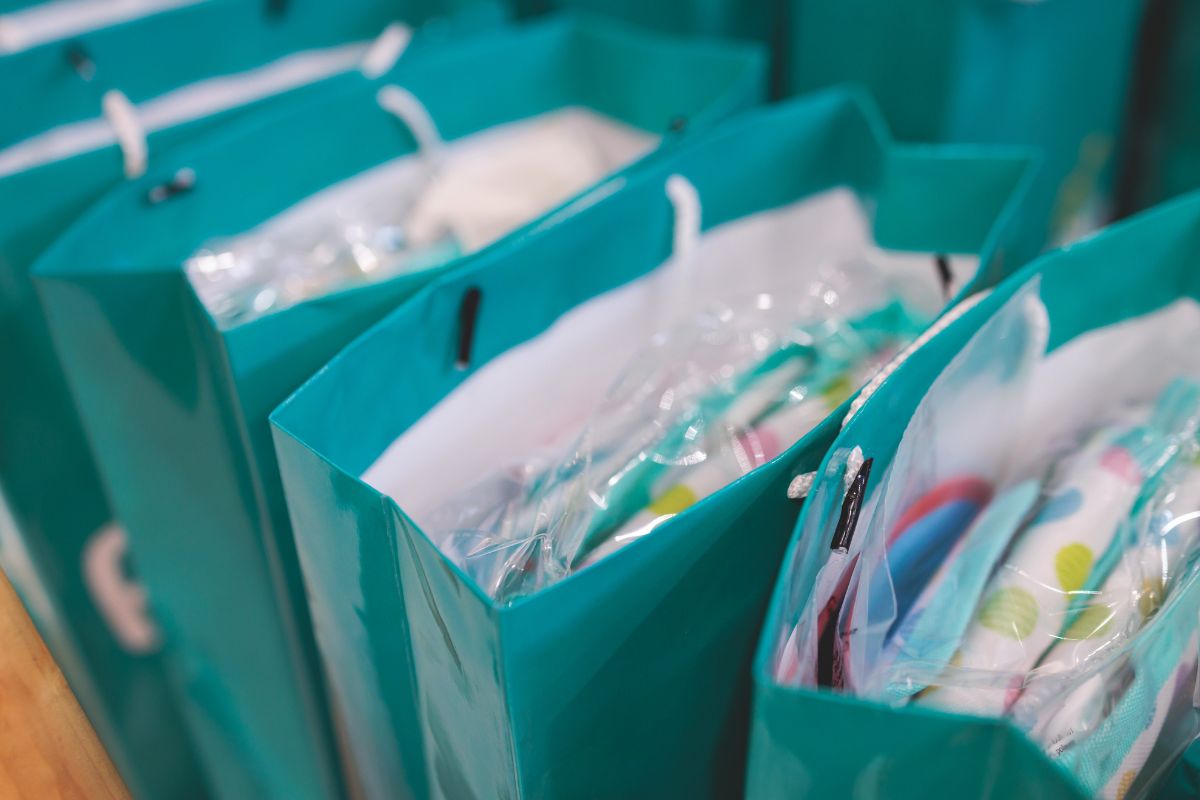
Swag bags can significantly enhance your experience at various events by offering functional and memorable items that serve as a reminder of the event. Carefully curated swag bags are tailored to each type of event, ensuring that they meet the expectations of attendees and reflect the event’s purpose.
Trade Show Giveaways
At trade shows, your swag bag is your silent salesman. It needs to grab attention in a sea of competition.
- Function Over Form: Items that serve a purpose beyond the event, such as branded USB drives or water bottles, tend to have a lasting impact.
- Memorable Factor: Unique, high-quality items will help your brand stand out.
Conference Attendee Packages
Conferences are knowledge-focused, and your swag should complement this.
- Informative Material: Brochures or USBs loaded with industry content can add value.
- Networking Aids: Business card holders or LinkedIn request cards remind attendees of your brand every time they make a connection.
Corporate Event Gifts
At corporate events, swag bags are a token of appreciation and a branding opportunity.
- Quality is Key: A well-made tote bag or premium stationery set can be a sophisticated choice.
- Brand Alignment: Items should align with corporate values—eco-friendly products for sustainability-driven companies, for example.
Branding with Swag Bags
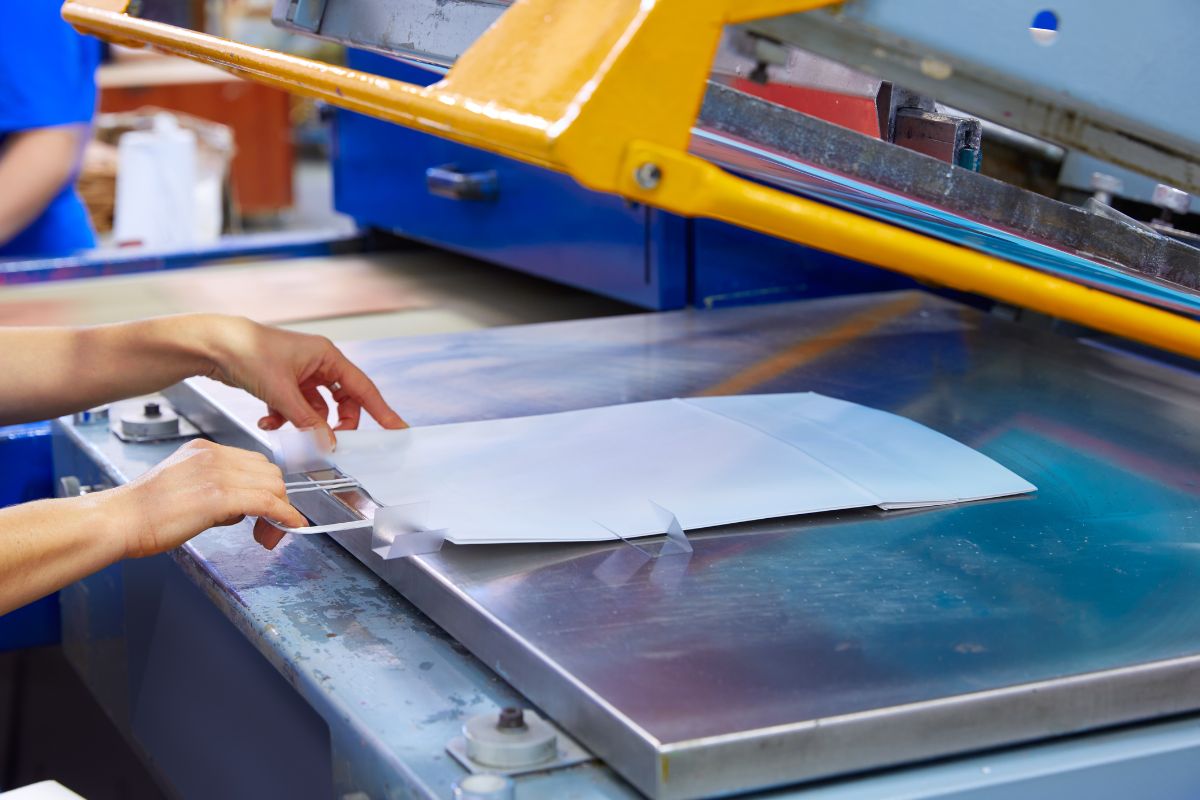
Swag bags are a tangible extension of your brand, serving not only as a marketing strategy but also enhancing your brand’s visibility. Thoughtful and creative inclusion of branded merchandise can leave a lasting impression on recipients.
Enhancing Brand Recognition
Your brand stands to gain significantly in terms of recognition when you effectively use swag bags. Branded merchandise contained within these bags acts as a continuous advertisement long after the event has concluded. Here’s how:
- Visibility: Each item included is a potential conversation starter and a visual reminder of your brand.
- Reusability: High-quality, durable items ensure longer use, keeping your brand in plain sight.
Creative Branding Strategies
To maximize the impact of your swag bags, employ creativity in both the selection of merchandise and the branding itself:
- Selectivity: Carefully choose items that reflect your brand’s values and resonate with your target audience.
- Innovation: Stand out by opting for unique products that align with your marketing strategy. This not only piques interest but can set you apart from competitors.
By focusing on these strategies, you provide actual value to the recipient, which in turn reflects positively on your brand’s reputation.
Logistical Considerations
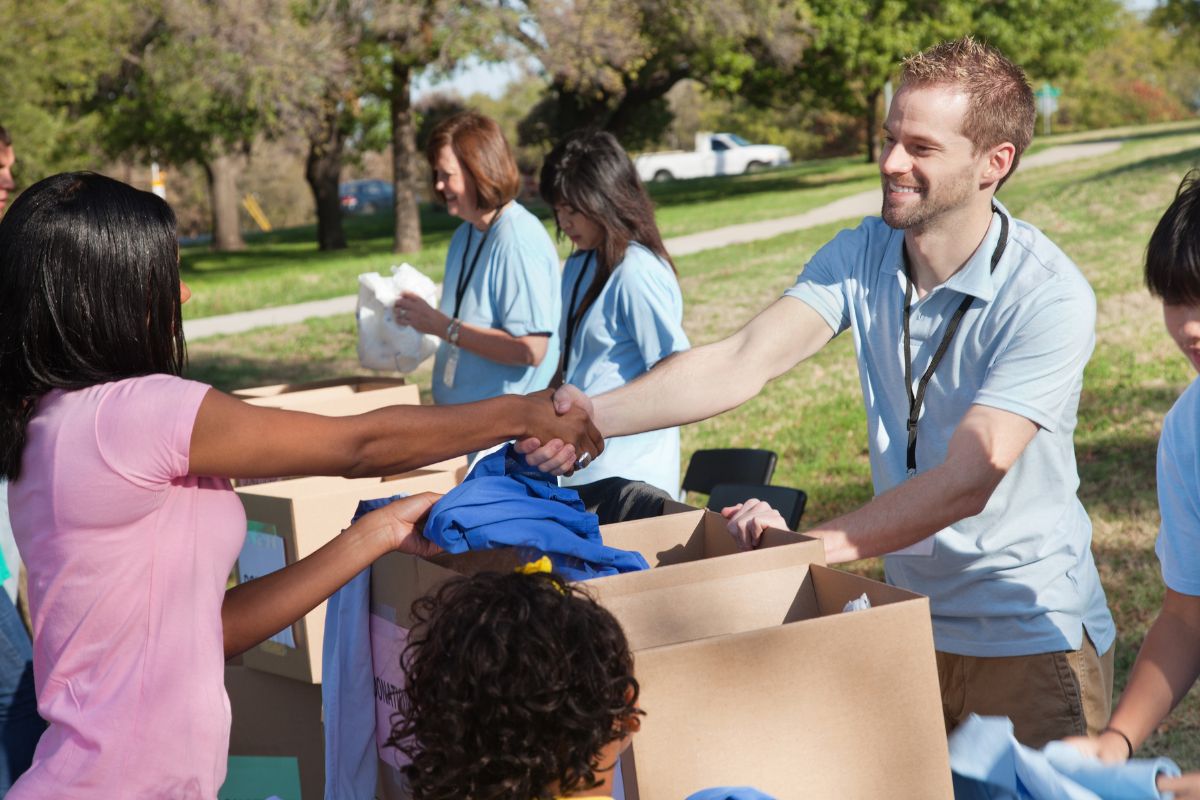
When preparing swag bags, your primary focus on logistics should center around efficient assembly and distribution, as well as the management of leftover items to mitigate waste and meet attendees’ needs effectively.
Assembly and Distribution
Your swag bags require a streamlined assembly process. Have all the items that you plan to include ready in one place. Create an assembly line and include a checklist for each bag to ensure consistency. For distribution, consider the flow of traffic and how attendees will receive their bags. Will they pick them up at registration, or will they be handed out? Distribution points should be strategically located to avoid congestion and ensure a smooth handoff.
- Checklist for Assembly:
- Branding material
- Informational content
- Distribution Strategies:
- Pre-assign collection points
- Ensure staff is prepared to handle high-traffic periods
- Have a system to track bag distribution
Managing Leftover Items
After the event, you’ll likely face leftover swag. To reduce waste, create a plan for these items. You could donate them to a local charity or save them for future events. Additionally, consider offering them to attendees who may want extra for colleagues. Inventory management is key; keep accurate records of what’s left to inform your planning for next time.
- Post-Event Strategies:
- Donate: Find local organizations that accept unused promotional items.
- Reuse: Store leftovers for future events, but make sure they are non-perishable and not dated.
- Recycle: For items that cannot be reused or donated, look for recycling options to minimize environmental impact.
By focusing on these logistical aspects, you can enhance the experience for your attendees and ensure that your swag bags have the intended impact while minimizing waste and excess costs.
Case Studies and Best Practices
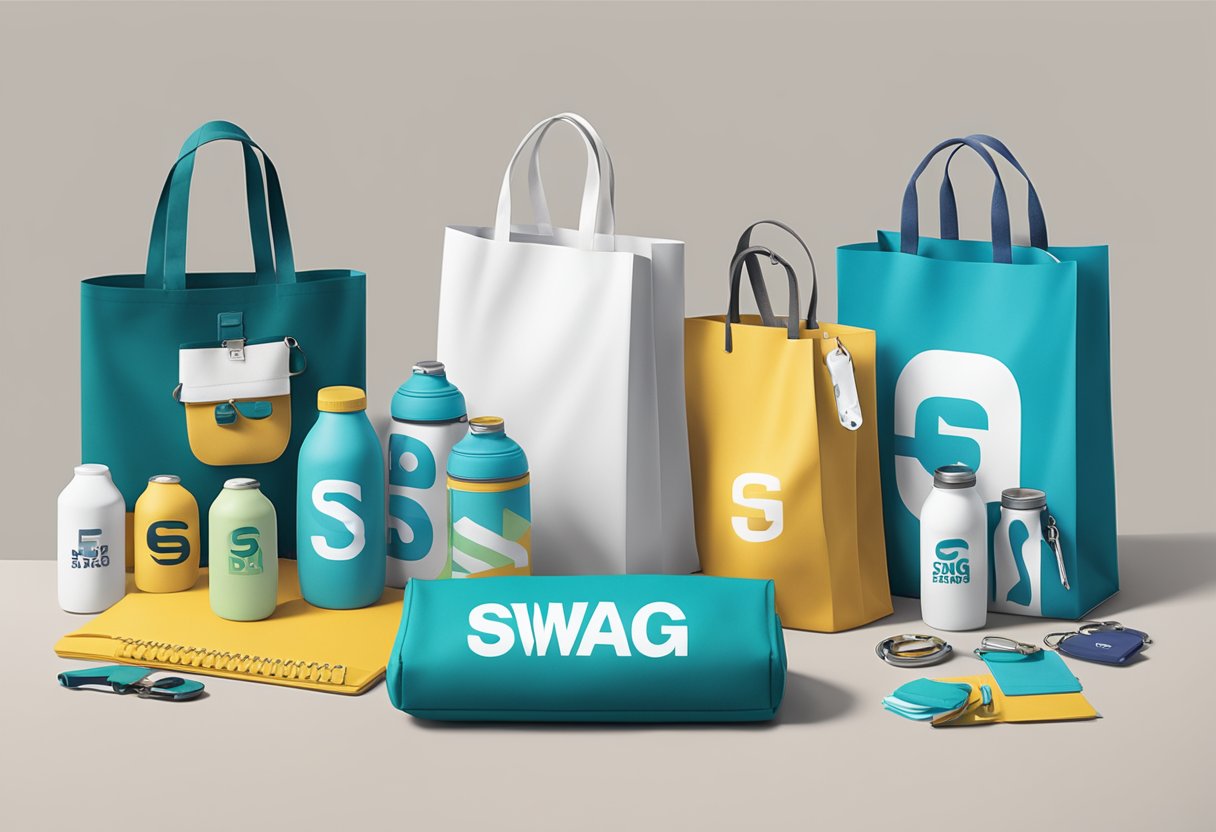
Professionally curated swag bags have the power to enhance the attendee experience and reflect your understanding of their interests, ultimately contributing to a successful event. Here’s how you can make yours effective.
Success Stories
There are numerous instances where businesses have significantly benefited from distributing custom swag bags. For instance:
- Tech Conferences: Companies often experience an increase in brand visibility and customer loyalty after including high-quality, tech-related items in their swag bags. Items like branded USB drives and portable chargers are not only practical but often used in the attendees’ daily lives, keeping the company name in regular view.
- Sports Events: Attendees at these events might receive swag bags with items related to health and wellness, such as water bottles, fitness bands, or even tickets to upcoming games. These token items not only serve the interests of the audience but also encourage a connection with the team or event.
Common Pitfalls
However, several common mistakes could diminish the value of your swag bags:
- Ignoring Audience Interests: Filling bags with generic items without considering the specific interests of your attendees can lead to disinterest and waste. Delve into who your attendees are and what they value before selecting swag bag items.
- Overfilling with Low-Value Items: Quantity over quality is a frequent error. Resist the temptation to overstuff bags with inexpensive items, as they may quickly find their way to the trash, and opt instead for a few, well-thought-out gifts.
Remember, your swag bags should be a strategic part of your overall event experience, and with a careful approach, they can provide a tangible return on investment.
Future of Swag Bags
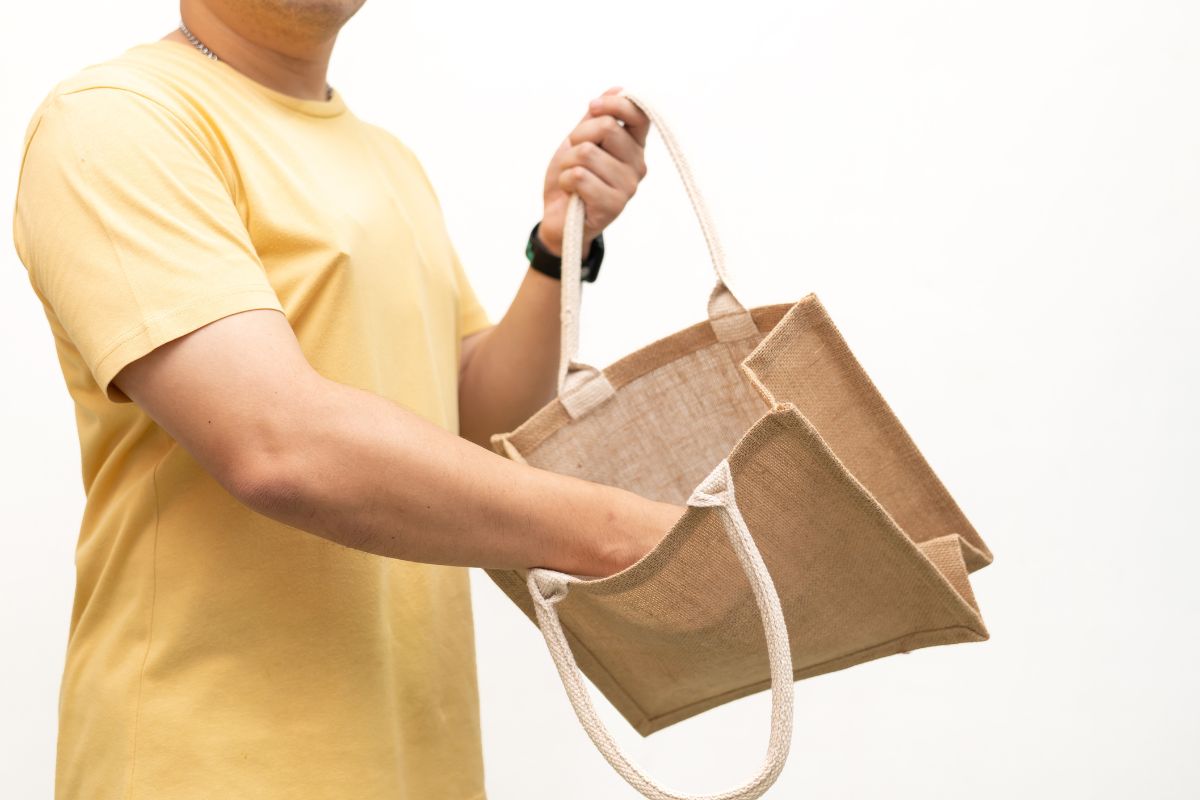
Swag bags are set for intriguing developments as innovations shape their content and digitalization transforms their distribution.
Innovation and Trends
You can expect to see swag bags reflect cutting-edge design and sustainability. Innovation in materials means swag bags will likely be more eco-friendly. Advanced materials like recycled plastics or biodegradable fibers are set to take over traditional components. The Advertising Specialty Institute (ASI) reinforces the trend towards sustainable promotional products, which suggests that future goodie bags will boast items with reduced environmental impacts.
Expect tote bags—a staple in the world of swag—to evolve in terms of functionality and aesthetic appeal. Innovative features might include built-in solar chargers or smart pockets with RFID blocking capabilities. Additionally, personalization will advance; you could receive swag bags tailored to your individual preferences, enhancing the perceived value and connection to the brand.
Impact of Digitalization
Digitalization is set to revolutionize how swag bags are created, distributed, and experienced. With an increased focus on digital content, QR codes and augmented reality experiences could become mainstays within your swag. These features can lead you directly to exclusive online content, bridging the gap between physical items and the digital world.
Your interaction with brands through swag may also become more dynamic. Companies will utilize data analytics to predict and track your preferences, ensuring that the contents of your bag are both relevant and desirable. On the distribution end, digital platforms may enable you to customize your swag bag’s contents before an event or launch, ensuring you receive items that align with your interests or needs.
By embracing digitalization, the process of receiving a swag bag will become a more integrated, personalized marketing experience that resonates with your lifestyle and tech-savviness.
Conclusion
Swag bags serve as a dynamic marketing tool, enabling you to increase brand awareness and foster strong relationships with customers and partners. When selecting items for your swag bag, consider products that align with your brand’s message and resonate with your audience’s interests.
Here’s what to remember when curating your swag bags:
- Quality Over Quantity: Choose items for durability and practicality to ensure they leave a lasting impression.
- Branding is Key: Incorporate your logo and color scheme to boost brand recall.
- Audience-appropriate: Tailor contents that cater to the specific event and the expected guests.
- Memorability: Including unique or useful items can make your bag stand out.
For an effective swag bag, consider these elements:
| Must-Have | Avoid |
| Useful items | Generic, forgettable items |
| High-quality merchandise | Low-quality, fragile items |
| Brand-related products | Unrelated, random items |
Remember, a well-thought-out swag bag not only delights recipients but also acts as a silent ambassador for your brand long after the event has ended. Choose wisely to create a positive, lasting impact.
Frequently Asked Questions
Swag bags can elevate the experience of an event or conference by providing attendees with useful, enjoyable items. Understanding what to include and how to personalize these bags can greatly enhance their impact and ensure they are cherished and utilized long after the event.
What items are commonly included in a swag bag?
Your swag bag is likely to contain promotional items such as pens, notebooks, water bottles, and USB drives. These are popular because they’re not only practical but also offer high visibility for branding.
How do you create a memorable swag bag for events?
To create a memorable swag bag, focus on items that are practical, high-quality, and relevant to your event theme. Unique items that reflect the local culture or that can lead to a lasting impression are also well-received.
What are some unique items for luxury swag bags?
For luxury swag bags, consider premium items such as branded wireless earbuds, high-end skincare products, or gourmet food items. These not only feel exclusive but also convey a message of appreciation.
How can you source cost-effective items for swag bags?
You can source cost-effective items by buying in bulk and choosing products that offer high utility for a lower cost. Working with suppliers who can offer competitive pricing for wholesale orders can also keep costs down.
What is the best way to personalize swag bags for employees?
Personalization can be achieved by including items that reflect the interests and needs of your employees. This could mean customizing items with their names or selecting products that align with their hobbies or job functions.
Are there alternative names for swag bags commonly used?
Yes, swag bags are variously referred to as goodie bags, gift bags, or promo bags. The term you choose can depend on the context of the event and the contents of the bag.

